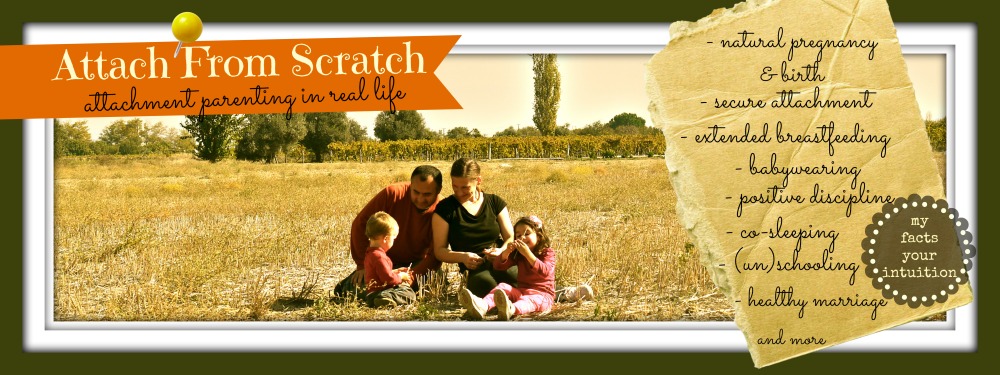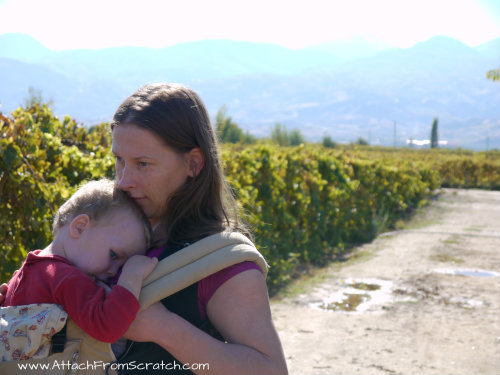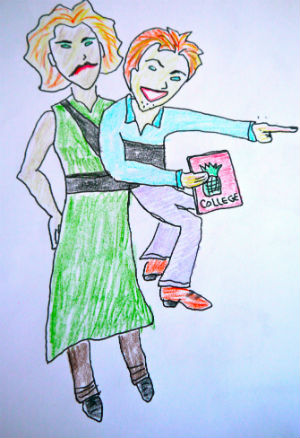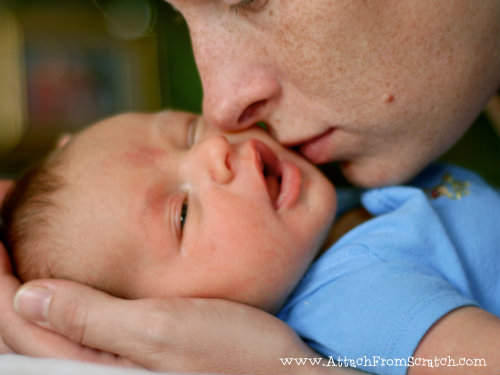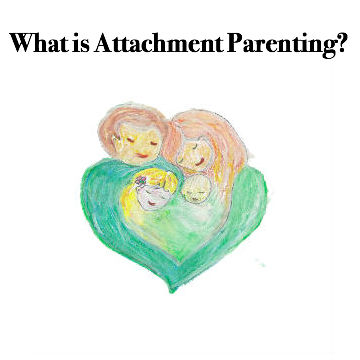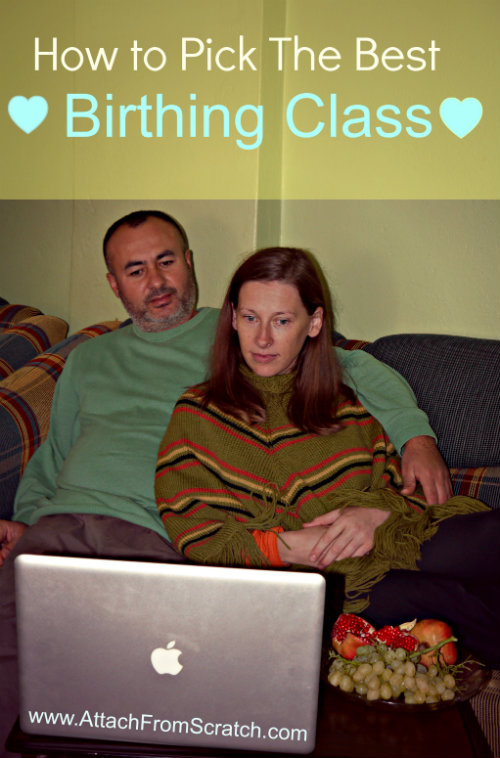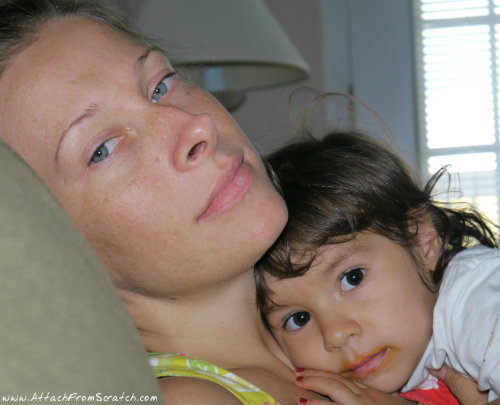Breastfeeding Positions
To make Breastfeeding Enjoyable
Breastfeeding
Positions are extremely important because if the baby isn’t positioned
well to the breast, mother will have sore, cracked nipples, baby will
not get full and easy flow of breast milk and breastfeeding overall won’t
be as enjoyable.
In this article:
- Important tips for comfortable breastfeeding.
- The easiest nursing positions
- How to support your breasts while breastfeeding
- Nursing positions under special circumstances
- Breastfeeding toddlers. Positions for toddlers and older children
- Babywearing and Breastfeeding positions
- How Can I Tell if My Baby Is Getting Enough to Eat?
Important Tips
for comfortable breastfeeding
- Make sure you are comfortable first. Put some nursing pillows around you for your back support, some stool for your feet support and something for your head against the wall. Keep glass of water, a book or a remote near you.
- Always keep your baby close to you. His mouth should be as high as your nipple.
- His whole body should be facing the same direction.
- Support your breasts during latching and nursing.
- Never pull his head to the breast, instead pull his whole body towards you.
- Stay patient while trying out different breastfeeding positions. You will find one for sure to enjoy it.
The easiest breastfeeding positions
There are 5 main breastfeeding positions. Try them out little by little as your baby grows and changes his eating patterns. Feel free to experiment and find your own unique breastfeeding position that fits only your baby and you.
1. Laid-back breastfeeding (or Biological Nurturing) Position
|
Position Laid-back breastfeeding is when women gets comfortable with her baby. It’s mother’s search for the best natural breastfeeding position that fits her and her baby by instinct. |
What to do
|
Video tutorial
2. Cradle Position
|
Position This position is the most common one. It is good for all ages and stages. Make sure your baby’s head is positioned on the side towards your body, instead of turned off to the side. |
How to do it
|
|
Video Tutorial |
3. The Cross-Cradle Hold Position
|
About Position |
How to do it |
|
This position gives mother more control. It is usually used for newborns while they learn how to latch correctly. It is good for small babies, babies who haven’t learned how to latch well yet, mothers with bigger breasts. |
|
Video Tutorial
4. Football Hold Breastfeeding Position (or under arm hold position)
|
About Position |
How to do it |
|
This is position is very helpful for mothers who: Use this position until your baby learns how to latch well. |
|
Video Tutorial
5. The side-lying position
|
About Position |
How to do it |
|
This position is the easiest for mothers who practice co-sleeping. It is also very good for mothers after c-section. Perfect position to catch a small nap during the day, or rest your whole body on the bed while nursing. |
|
Video Tutorial
Which breastfeeding position should I use to get most rest?
According to this research, mothers who nurse using side-lying breastfeeding position experience significantly less fatigue then nursing while sitting down.
What not to do
when breastfeeding
- Do not push or stuff your breast into baby’s mouth. Instead, bring baby to the breast.
- Do not position your baby’s head and body at different directions.
- Do not keep your breast too far away from baby’s mouth. Otherwise he will not latch well and it will cause pulling your nipple. (I know better now).
How to support your breasts
while breastfeeding
It is not enough to just pull out your breast and stuff it into your baby’s mouth. After all bottle-fed infants don’t hold their bottles either.
You
need to support your breast so it will remove the weight of the breast
from the baby’s face, which will allow him to latch and nurse easier.
There are few ways how to hold your breast while feeding a baby. The way you will hold your breasts while nursing will depend on your cup size of your breast.
"C" hold
Hold
breast with your thumb on top, while other fingers underneath the
breast. Make sure ti keep fingers from baby’s mouth and aureola.
"U" hold
Put
your fingers under your breast with your index finger in the crease
under your breast. Keep your thumb on the outer area of your breast and
your fingers will be on the inner area.
Nursing Positions
under special circumstances
|
Nursing After Having a Cesarean Section |
|
|
Breastfeeding multiple children |
|
|
Nursing Premature Infants |
|
|
Nursing Positions in Public |
Read here more about Breastfeeding in public. |
Breastfeeding positions
for toddlers and older children
I call it acrobatic breastfeeding.
|
When nursing your toddler you may forget all the breastfeeding positions you did with a baby. In real life, toddlers will never nurse in any breastfeeding positions that you have in mind. They will create their own. You will be amazed how flexible and creative your child can be. Have fun with it and enjoy acrobatic show for free. Sometimes toddler breastfeeding might turn into just climbing up mommy’s tummy and nipple pulling games. In order to have calmer and pain free nursing times follow this tips when nursing a toddler. |
Breastfeeding positions of my toddlers
|
- Give your child some time to explore and enjoy the acrobatic nursing. After he tries all different positions he might calm down a bit and go back to more regular nursing positions.
- Occupy your child with something else, like a nursing necklace or a small toy. Read a book, sing a song or play finger play while nursing a toddler. It is a great way to calm him down and keep him in one nursing position most of the time.
- Use firm voice to say: “Be still”, “Be gentle”.
- You can stop breastfeeding, if your child is moving around too much while nursing. You can tell him that it is very hard to feed him like that, and you will offer him breast after he plays and can sit still while nursing.
- Nursing an acrobat toddler in public can be a real challenge.
- Always feed him before leaving home
- Explain him that while it’s ok to climb up mommy’s tummy when nursing at home, it is not OK to do it outside the home.
- Offer other snacks and drinks instead of breast milk
- Nursing in a sling or carrier - is the best way to nurse a toddler in public for me.
Babywearing and Breastfeeding positions
Babywearing has many benefits to a child and a mother:
- It helps bonding between mother and a child
- It is convenient
- Mother can do extra work or watch older sibling while having a baby in a carrier or a sling.
- It lowers crying and colic.
- It helps baby learn things faster since he lives and sees the world in the eyes his parent does.
- Some babies tend to eat more and breastfeed better in a sling or carrier.
First time mothers can see carriers and slings pretty confusing. Not to mention feeding a baby in there. But with some practice at home at first and confidence you will not want to nurse your baby or toddler anywhere else but in a sling or carrier, especially in public.
The breastfeeding position you will use to nurse while babywearing it
depends which carrier, sling or wrap you are using.
Personally I prefer baby ergo carrier which is perfect for breastfeeding as well. Its soft structure allows the baby to be positioned comfortably while mother's back and shoulders are supported well enough no to hurt and have pressure on. Honestly, I think it's one of the most important baby gears I have ever bought and really used it.
Take a look at these ergo baby carrier reviews by parents who are using this carrier.
Some important tips when babywearing and breastfeeding:
1. Wearing right clothing can save you a lot of frustration and make babywearing and breastfeeding more enjoyable.
- wear 2 layers of clothing: nursing tank top on the bottom and a regular (preferably loose) shirt on top. Lift the top shirt, pull down the tank top down and voila!
- OR you can just wear open v-neck, scoop-necks where you can just pull the shirt down and nurse.
2. Support your breast. Lift it to the baby’s mouth and hold it there.
3. When nursing an infant always support baby’s head and whole body.
4. It’s easier to nurse while standing up when you wear your baby.
How Can I Tell if My Baby
Is Getting Enough to Eat?
The common worry of almost all of the breastfeeding mothers is: “Is my baby getting enough milk.”
The best way to determine if baby is getting enough of your milk is the wet diaper situation.
- Keep
in mind that the first milk (colostrum) is concentrated so you will
only see 1-2 wet diapers for the first 3-4 days (until the real milk
comes in).
- Later you should expect around 6 wet diapers per day
- Clear, pale urine, 2
and more yellow, seedy bowel movements or expect poopy diapers after
every feeding.
- After 1 month, there will be less bowel movements.
Also, ask yourself these questions:
Is the baby generally happy and looks alert?
Is he gaining weight?
Is he feeding 8-12 times a day?
Make
sure baby is latching on properly every time so he can get the most out
of every feeding. Try different breastfeeding positions to find what’s
best for you and the baby.
If you have more concerns about your baby getting enough milk, contact your pediatrician for further consultation.
Enjoying Breastfeeding
Most of the time breastfeeding positions will come naturally when you start experimenting new holds. Always watch for your baby's cues to see if he is latching proper, if he is comfortable in certain positions.
It is important that mother feels comfortable as well as the baby. Believe me, your child will not be a happy camper if you have an achy back, a neck that's hard to turn and an arm which you don't feel after uncomfortable sitting and holding a baby while he nursed.
Breastfeeding is one of the most wonderful parts of mothering with a lot of challenges and rewards. Finding right breastfeeding position is one of those challenges to overcome.
Take this road because you will not regret it!
What is Attachment Parenting (AP)?
|
Love at First Sight?
Like This Page?
|
|
Let Google know about it |
